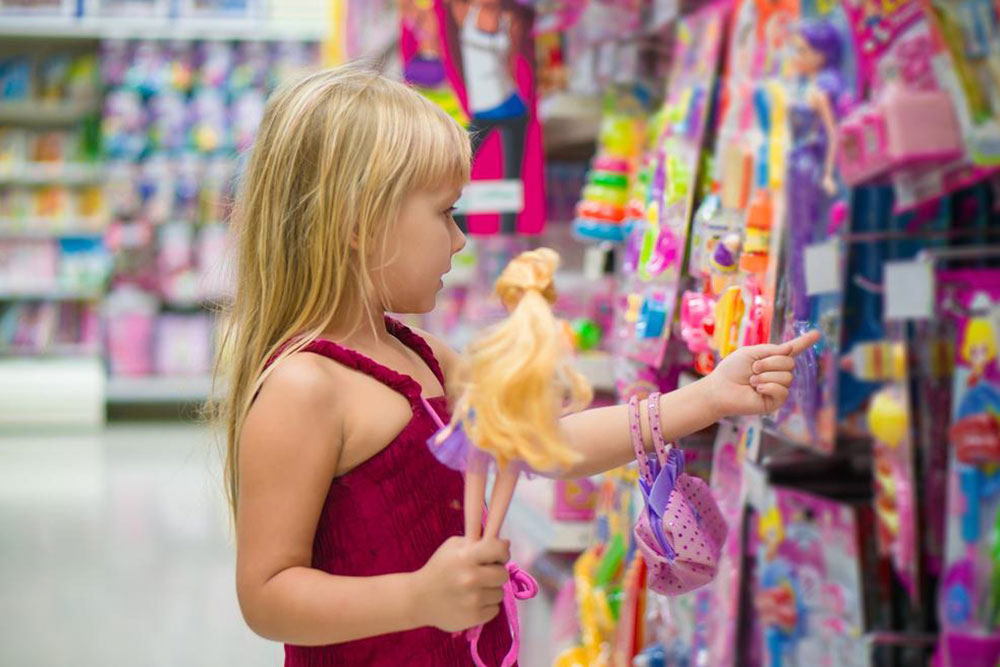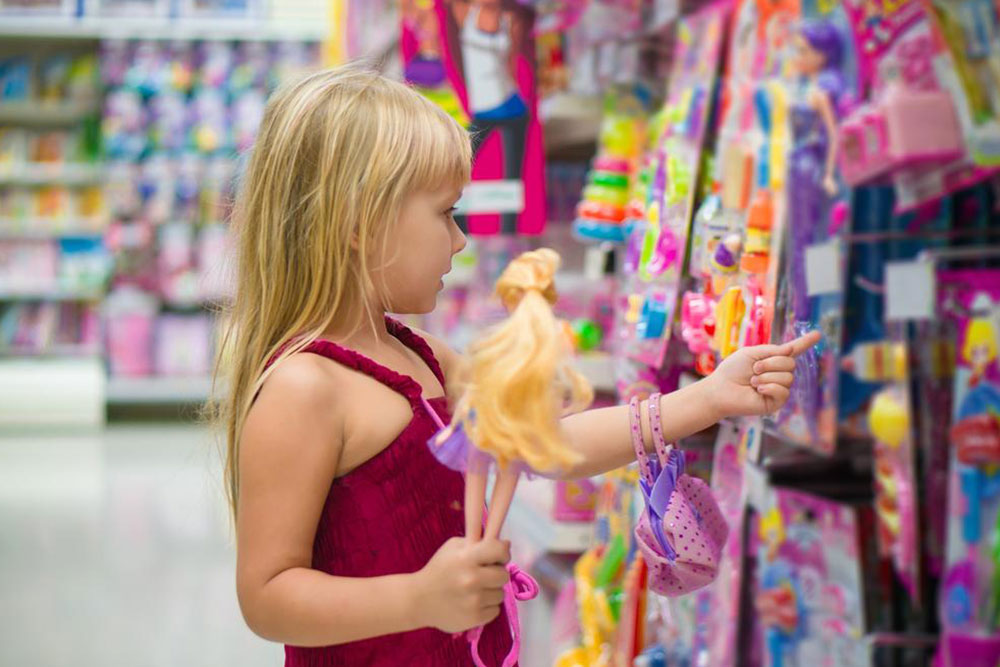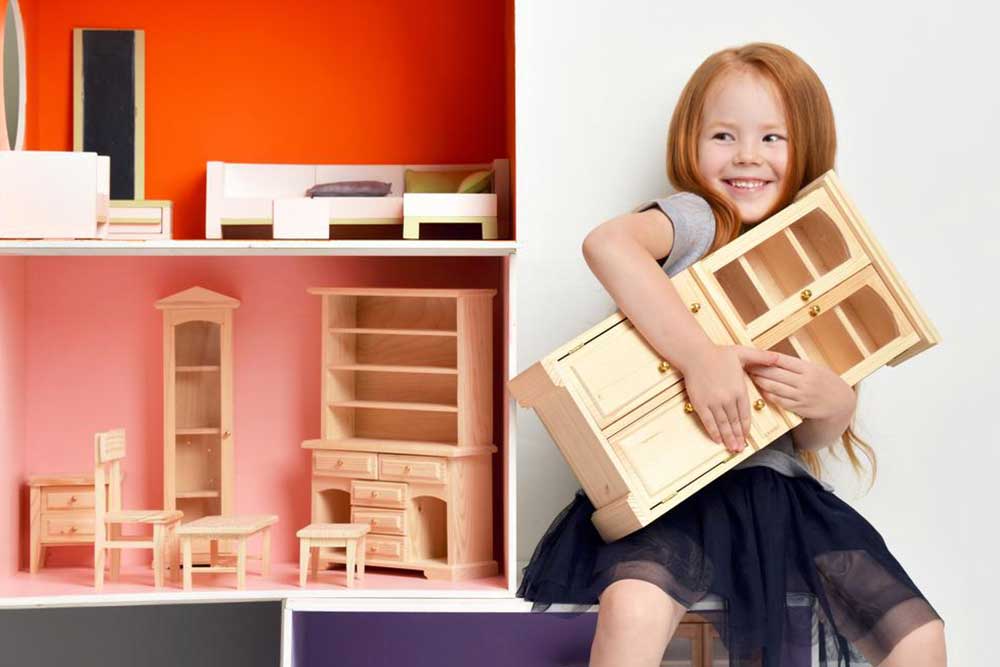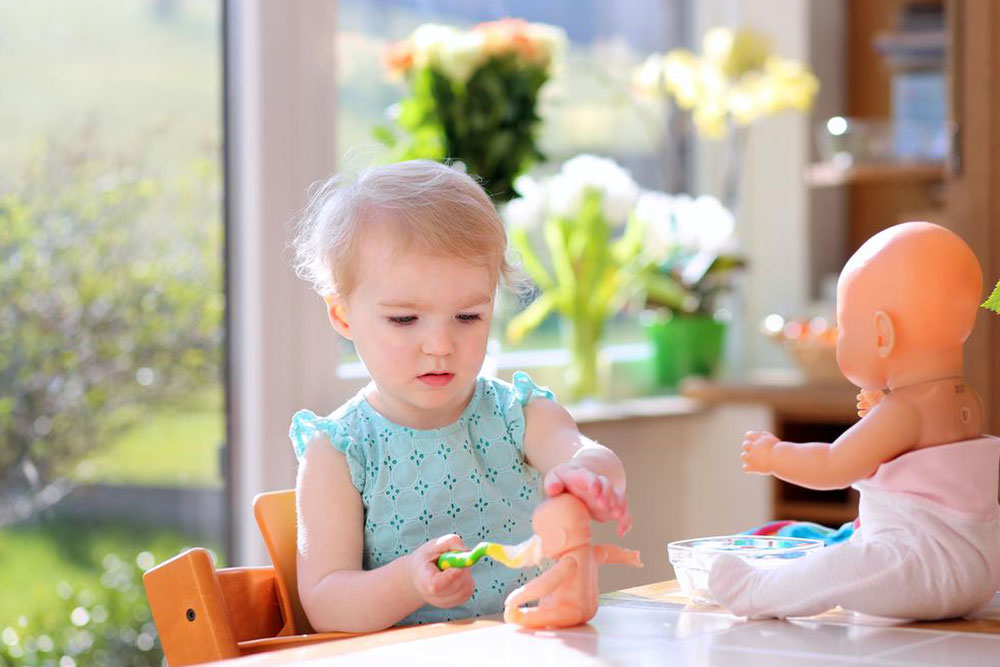The History and Evolution of the Famous Barbie Doll
Explore the fascinating history of Barbie dolls, from their inception inspired by Ruth Handler’s observations to their evolution into symbols of empowerment and creativity. Discover how this iconic toy has influenced cultures globally for over 60 years, inspiring children and collectors alike with its innovative designs and career-themed dolls. Learn about the development, cultural adaptations, and lasting impact of Barbie in shaping imaginations and aspirations across generations.

The History and Evolution of the Famous Barbie Doll
For more than six decades, Barbie has been a beloved figure in children's play worldwide. This iconic doll has redefined traditional playtime, captivating both young kids and adult collectors alike. With its unique design, Barbie has successfully penetrated over 150 countries, adapting to various cultural contexts. Inspired by influential women from entertainment, science, politics, and music, Barbie continues to inspire aspirations. Its development traces back to Ruth Handler, who envisioned a three-dimensional doll that would spark creativity and imagination among children.
The story begins when Ruth observed her daughter playing with paper dolls, giving them mature roles, which sparked her idea. Noticing a gap in the market, she was inspired by a German doll called Bild Lilli. Ruth set out to create a similar figure for America, redesigning the German doll and naming her Barbie after her daughter. The first Barbie, introduced in 1959 at the New York Toy Fair, wore a striped swimsuit and sunglasses, with options for blonde or brunette hair.
Over the years, Barbie gained popularity and expanded into a variety of accessories and playsets, including dollhouses, vehicles, and career-themed dolls like nurses, astronauts, and presidents, promoting empowerment and ambition. Its evolution reflects changing societal expectations and aspirations across generations. Today, Barbie remains an enduring icon, inspiring creativity and dreaming big for children around the world.









